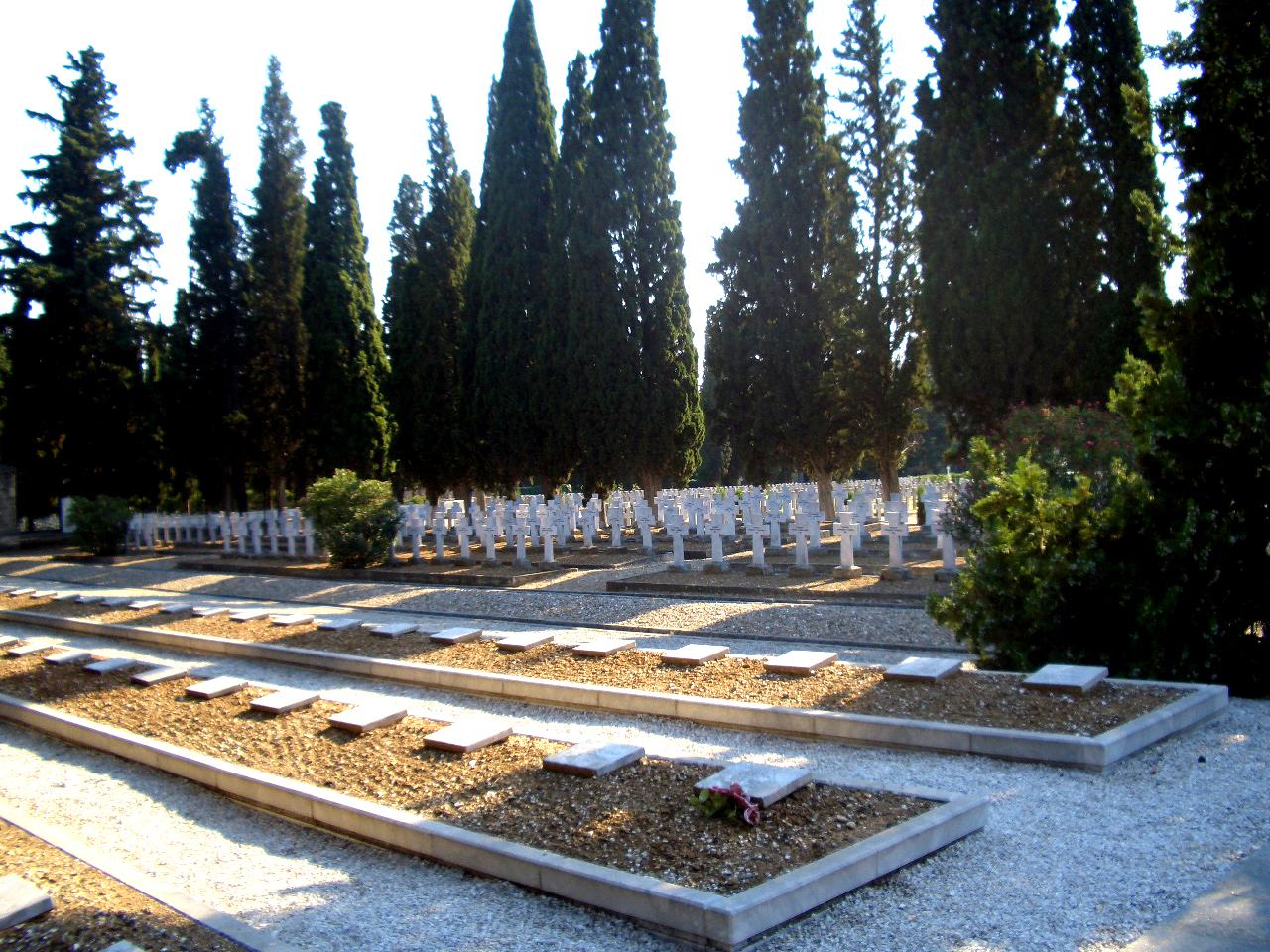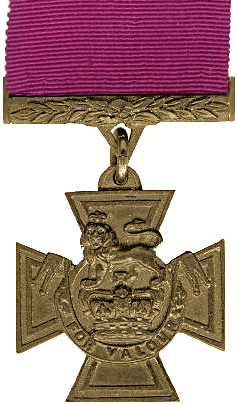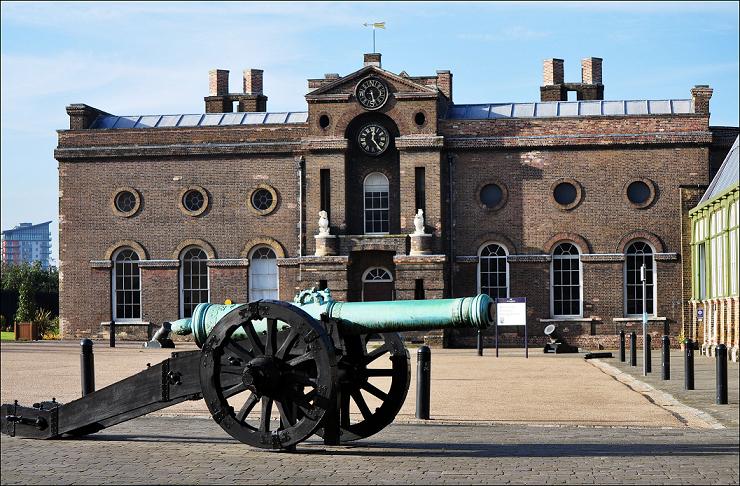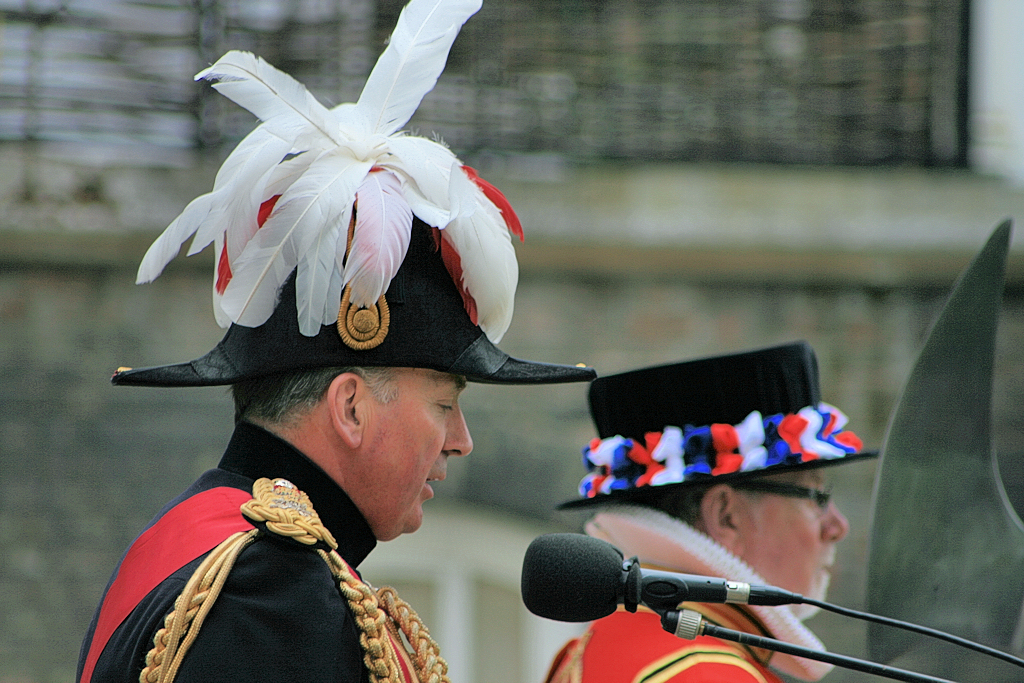|
George Milne, 1st Baron Milne
Field marshal (United Kingdom), Field Marshal George Francis Milne, 1st Baron Milne, (5 November 1866 – 23 March 1948) was a senior British Army officer who served as Chief of the General Staff (United Kingdom), Chief of the Imperial General Staff (CIGS) from 1926 to 1933. He served in the Second Boer War and during the First World War he served briefly on the Western Front (World War I), Western Front but spent most of the war commanding the British forces on the Macedonian front. As CIGS he generally promoted the mechanisation of British land forces although limited practical progress was made during his term in office. Military career Born in Aberdeen on 5 November 1866, the son of George Milne and Williamina Milne (née Panton), and educated at MacMillan's School in Aberdeen and the Royal Military Academy, Woolwich, which he entered in March 1884, George Francis Milne was commissioned into the Royal Artillery on 16 September 1885. He was initially posted to a battery at T ... [...More Info...] [...Related Items...] OR: [Wikipedia] [Google] [Baidu] |
Field Marshal (British Army)
Field marshal (FM) has been the highest rank in the British Army since 1736. A five-star rank with NATO code OF-10, it is equivalent to an Admiral of the Fleet (Royal Navy), Admiral of the Fleet in the Royal Navy or a Marshal of the Royal Air Force in the Royal Air Force (RAF). A Field Marshal's insignia consists of two crossed batons surrounded by yellow leaves below Tudor Crown (heraldry), the Tudor Crown. Like Marshals of the Royal Air Force and Admirals of the Fleet, Field Marshals traditionally remain officers for life, though on half-pay when not in an appointment or retired. The rank has been used sporadically throughout its history, and was vacant during parts of the 18th and 19th centuries (when all former holders of the rank were deceased). After the Second World War, it became standard practice to appoint the Chief of the General Staff (United Kingdom), Chief of the Imperial General Staff (later renamed Chief of the General Staff (United Kingdom), Chief of the Gen ... [...More Info...] [...Related Items...] OR: [Wikipedia] [Google] [Baidu] |
Knight Grand Cross Of The Order Of The Bath
The Most Honourable Order of the Bath is a British order of chivalry founded by King George I on 18 May 1725. Recipients of the Order are usually senior military officers or senior civil servants, and the monarch awards it on the advice of His Majesty's Government. The name derives from an elaborate medieval ceremony for preparing a candidate to receive his knighthood, of which ritual bathing (as a symbol of purification) was an element. While not all knights went through such an elaborate ceremony, knights so created were known as "knights of the Bath". George I constituted the Knights of the Bath as a regular military order. He did not revive the order, which did not previously exist, in the sense of a body of knights governed by a set of statutes and whose numbers were replenished when vacancies occurred. The Order consists of the Sovereign of the United Kingdom (currently King Charles III), the Great Master (currently William, Prince of Wales), and three Classes of mem ... [...More Info...] [...Related Items...] OR: [Wikipedia] [Google] [Baidu] |
Royal Military Academy, Woolwich
The Royal Military Academy (RMA) at Woolwich, in south-east London, was a British Army military academy for the training of Officer (armed forces), commissioned officers of the Royal Artillery and Royal Engineers. It later also trained officers of the Royal Corps of Signals and other technical corps. RMA Woolwich was commonly known as "The Shop" because its first building was a converted workshop of the Royal Arsenal, Woolwich Arsenal. History Origins in the Royal Arsenal An attempt had been made by the Board of Ordnance in 1720 to set up an academy within its Arsenal (then known as the Warren) to provide training and education for prospective officers of its new Royal Regiment of Artillery, Regiment of Artillery and Corps of Royal Engineers, Corps of Engineers (both of which had been established there in 1716). A new building was being constructed in readiness for the Academy and funds had been secured, seemingly, through investment in the South Sea Company; but the latter's col ... [...More Info...] [...Related Items...] OR: [Wikipedia] [Google] [Baidu] |
Mechanisation
Mechanization (or mechanisation) is the process of changing from working largely or exclusively by hand or with animals to doing that work with machinery. In an early engineering text, a machine is defined as follows: In every fields, mechanization includes the use of hand tools. In modern usage, such as in engineering or economics, mechanization implies machinery more complex than hand tools and would not include simple devices such as an ungeared horse or donkey mill. Devices that cause speed changes or changes to or from reciprocating to rotary motion, using means such as gears, pulleys or sheaves and belts, shafts, cams and cranks, usually are considered machines. After electrification, when most small machinery was no longer hand powered, mechanization was synonymous with motorized machines. Extension of mechanization of the production process is termed as automation and it is controlled by a Feedback, closed loop system in which feedback is provided by the sensors ... [...More Info...] [...Related Items...] OR: [Wikipedia] [Google] [Baidu] |
Macedonian Front
The Macedonian front, also known as the Salonica front (after Thessaloniki), was a military theatre of World War I formed as a result of an attempt by the Allied Powers to aid Serbia, in the autumn of 1915, against the combined attack of Germany, Austria-Hungary and Bulgaria. The expedition came too late and with insufficient force to prevent the fall of Serbia and was complicated by the internal political crisis in Kingdom of Greece, Greece (the National Schism). Eventually, a stable front was established, running from the Albanian Adriatic Sea, Adriatic coast to the Struma River, pitting a Allied Army of the Orient, multinational Allied force against the Bulgarian army, which was at various times bolstered with smaller units from the other Central Powers. The Macedonian front remained stable, despite local actions, until the Vardar offensive, Allied offensive in September 1918 resulted in Bulgaria capitulating and the liberation of Serbia. Background Following the assassinati ... [...More Info...] [...Related Items...] OR: [Wikipedia] [Google] [Baidu] |
Western Front (World War I)
The Western Front was one of the main Theatre (warfare), theatres of war during World War I. Following the outbreak of war in August 1914, the Imperial German Army, German Army opened the Western Front by German invasion of Belgium (1914), invading Luxembourg and Belgium, then gaining military control of important industrial regions in Third Republic of France, France. The German advance was halted with the First Battle of the Marne, Battle of the Marne. Following the Race to the Sea, both sides dug in along a meandering line of fortified trench warfare, trenches, stretching from the North Sea to the Swiss frontier with France, the position of which changed little except during early 1917 and again in 1918. Between 1915 and 1917 there were several offensives along this Front (military), front. The attacks employed massive artillery bombardments and massed infantry advances. Entrenchments, machine gun emplacements, barbed wire, and artillery repeatedly inflicted severe casualties ... [...More Info...] [...Related Items...] OR: [Wikipedia] [Google] [Baidu] |
Constable Of The Tower
The Constable of the Tower is the most senior appointment at the Tower of London. In the Middle Ages a constable was the person in charge of a castle when the owner—the king or a nobleman—was not in residence. The Constable of the Tower had a unique importance as the person in charge of the principal fortress defending the capital city of England. Today the role of Constable is a ceremonial one and mainly involves taking part in traditional ceremonies within the Tower as well as being part of the community that lives within its perimeter. The Constable is also a trustee of Historic Royal Palaces and of the Royal Armouries. Under the '' King's Regulations for the Army'', the office of Constable is conferred upon a field marshal or a retired general officer for a five-year term. The Constable appointed in 2022 is General Sir Gordon Messenger. The Constable's ceremonial deputy is the Lieutenant of the Tower of London, currently Lieutenant General Sir George Norton; this off ... [...More Info...] [...Related Items...] OR: [Wikipedia] [Google] [Baidu] |
Legion Of Honour
The National Order of the Legion of Honour ( ), formerly the Imperial Order of the Legion of Honour (), is the highest and most prestigious French national order of merit, both military and Civil society, civil. Currently consisting of five classes, it was originally established in 1802 by Napoleon, Napoleon Bonaparte, and it has been retained (with occasional slight alterations) by all later French governments and regimes. The order's motto is ' ("Honour and Fatherland"); its Seat (legal entity), seat is the Palais de la Légion d'Honneur next to the Musée d'Orsay, on the left bank of the Seine in Paris. Since 1 February 2023, the Order's grand chancellor has been retired General François Lecointre, who succeeded fellow retired General Benoît Puga in office. The order is divided into five degrees of increasing distinction: ' (Knight), ' (Officer), ' (Commander (order), Commander), ' (Grand Officer) and ' (Grand Cross). History Consulate During the French Revolution, all ... [...More Info...] [...Related Items...] OR: [Wikipedia] [Google] [Baidu] |
War Cross (Greece)
The War Cross () is a military decoration of Greece, awarded for heroism in wartime to both Greeks and foreign allies. There have been three versions of the cross, the 1917 version covering World War I, the 1940 version covering the Second World War and the Greek Civil War, and the 1974 version covering peacekeeping missions in the subsequent years. 1917 version Establishment and history The first version was established by the Venizelism, Venizelist Movement of National Defence, "National Defence" Government on 28 February 1917, and confirmed by Royal Decree on 31 October, shortly after the entry of the whole of Greece in the First World War. Its creation was inspired by the French ''Croix de Guerre 1914-1918, Croix de guerre'', and it was awarded to military personnel of all branches for acts of valour in the Macedonian front (1916–1918), the Allied intervention in the Russian Civil War#Allied Intervention in Southern Russia, Allied Expedition to Ukraine (1919) and the Gre ... [...More Info...] [...Related Items...] OR: [Wikipedia] [Google] [Baidu] |
Order Of The Redeemer
The Order of the Redeemer (), also known as the Order of the Saviour, is an order of merit of Greece. The Order of the Redeemer is the oldest and highest decoration awarded by the modern Greek state. Establishment The establishment of the Order of the Redeemer was decided by the Fourth National Assembly at Argos in 1829, during the final year of the Greek War of Independence. The decision was not immediately implemented, however, and the relevant decree was signed in Nafplio by the Regency Council ( Josef Ludwig von Armansperg, Karl von Abel and Georg Ludwig von Maurer) in the name of King Otto on May 20, 1833. According to the decree of establishment, the name of the Order "shall recall the, by divine assistance miraculously and fortuitously accomplished, salvation of Greece". Grades and award criteria Since its establishment in 1833, and in common with all Greek orders of merit, the Order of the Redeemer has five classes: * ''Grand Cross'' () – wears the badge of the ... [...More Info...] [...Related Items...] OR: [Wikipedia] [Google] [Baidu] |
Order Of Saints Maurice And Lazarus
The Order of Saints Maurice and Lazarus () (abbreviated OSSML) is a Roman Catholic dynastic order of knighthood bestowed by the royal House of Savoy. It is the second-oldest order of knighthood in the world, tracing its lineage to AD 1098, and it is one of the rare orders of knighthood recognized by papal bull, in this case by Pope Gregory XIII. In that bull, Pope Gregory XIII bestowed upon Emmanuel Philibert, Duke of Savoy and his Savoy successors, the right to confer this knighthood in perpetuity. The Grand Master is Prince Emanuele Filiberto of Savoy, Prince of Venice, also known as the Duke of Savoy, the grandson of the last King of Italy, Umberto II. However, Emanuele Filiberto's cousin twice removed Prince Aimone, Duke of Aosta in theory claims to be the rightful grand master as his father claimed to be head of the house of Savoy. The order was formerly awarded by the Kingdom of Italy (1861–1946) with the heads of the House of Savoy as the Kings of Italy. Origin ... [...More Info...] [...Related Items...] OR: [Wikipedia] [Google] [Baidu] |
Order Of The White Eagle (Serbia)
The Order of the White Eagle () was a state order in the Kingdom of Serbia (1883–1918) and the Kingdom of Yugoslavia (1918–1945). It continues as a dynastic order, with appointments currently made by Alexander, Crown Prince of Yugoslavia. History Monarch, King Milan I of Serbia instituted the Order of the White Eagle on 23 January 1883, concurrently with the Order of St. Sava. The Order had five classes and was conferred on Serbian and Yugoslav citizens for achievements in peace or war, or for special merits to the Crown, the state and nation. In the period between 1883 and 1898 Order of the White Eagle was the highest award in the Kingdom of Serbia. In 1898 the Royal Order of Miloš the Great took precedence over the White Eagle and in 1904 the former was replaced by the Order of Karađorđe's Star. After his accession to the throne in 1903, King Peter I of Serbia continued awarding the Order of the White Eagle, but the reverse of the medallion had the year of the procla ... [...More Info...] [...Related Items...] OR: [Wikipedia] [Google] [Baidu] |







